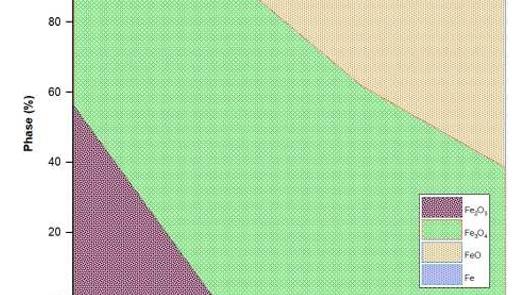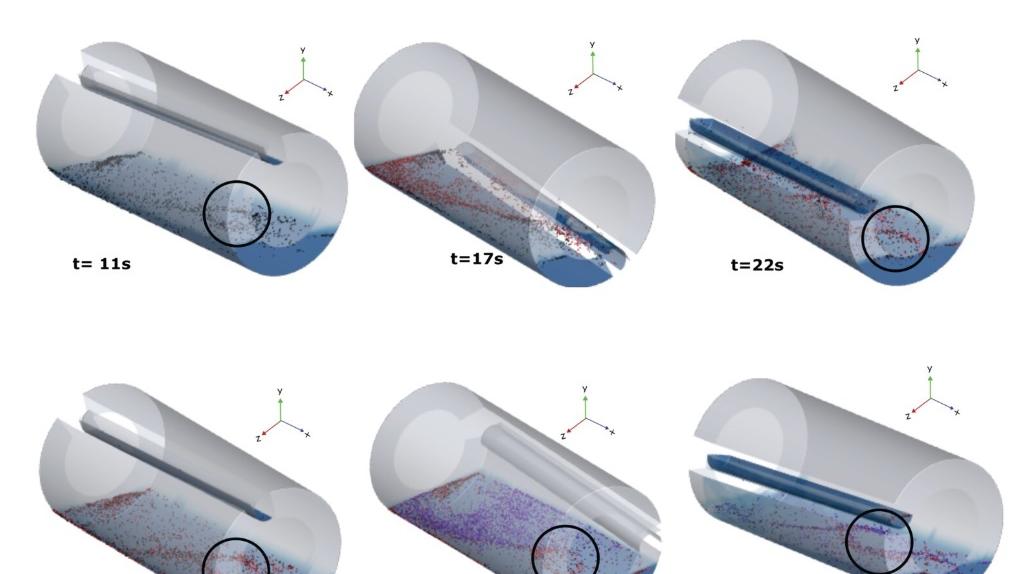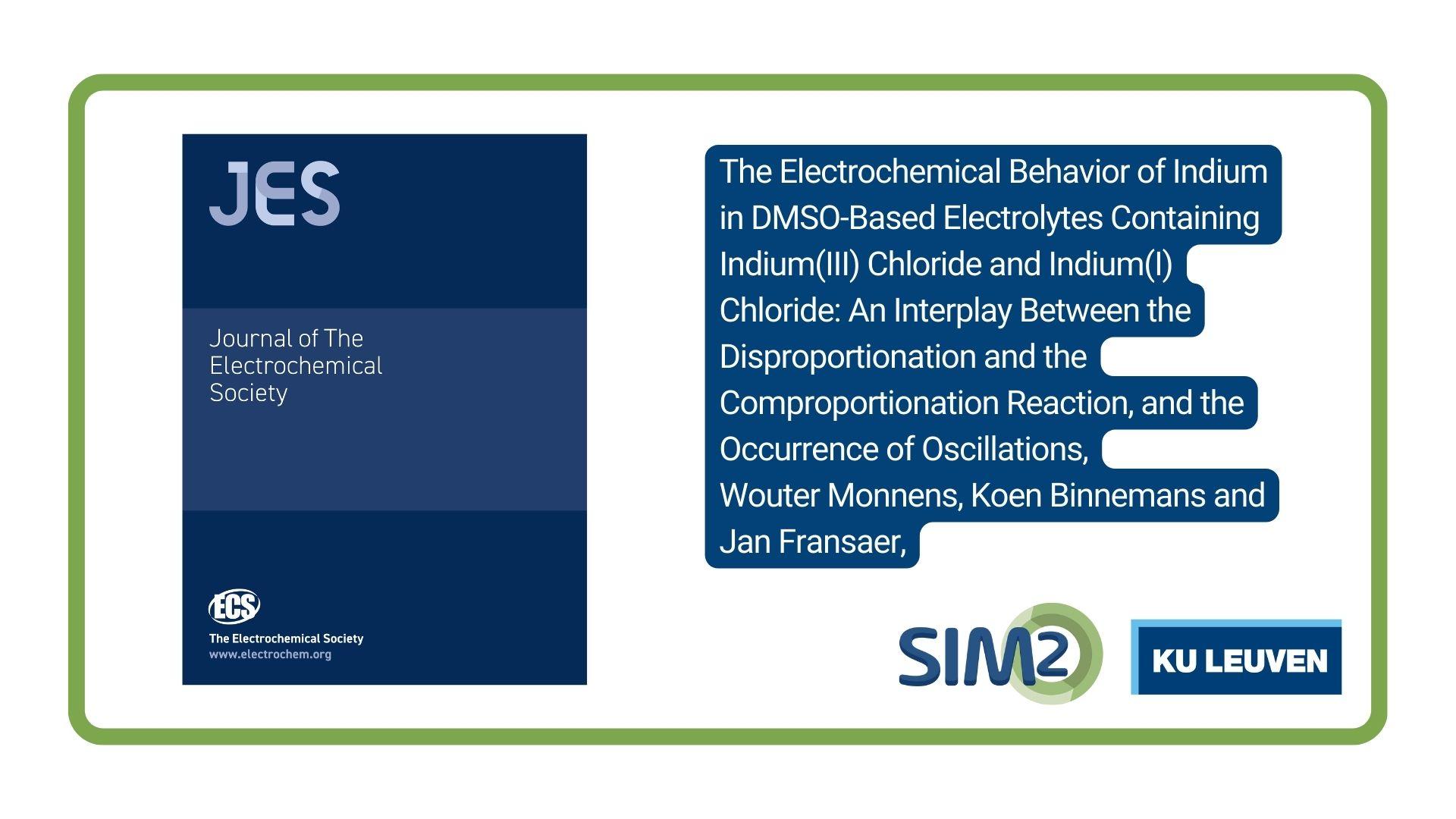Gaëlle Butin and colleagues from the HiTemp Research Group of the Departement of Materials Engineering have published a new paper on a more sustainable alternative to refractory linings that can be renewed during the furnace’s lifetime. These freeze linings could become the new norm for today’s more intensive pyrometallurgical processes. The KU Leuven researchers selected a number of synthetic slags in the Fe-Ca-Si-O system, with FactSage thermodynamic calculations, and then used laboratory-scale experiments to test how the freeze lining would react if it is immersed in a new slag with a different composition.
The impact of a change in slag batch on the stability of a freeze lining was studied by immersing an already-solidified freeze lining in a melt with a different composition using the Fe–Ca–Si–O slag system. The transitions were realized from the same olivine primary phase slag to three different slag systems: (1) an olivine, (2) a wollastonite primary phase slag, and (3) an olivine primary phase slag with wollastonite as a near-liquidus phase. The experiments resulted in the partial melting and dissolution of the crystalline and amorphous phases present at the interface of the initial freeze lining, with chemical mixings between the initial freeze lining and the new slag. Upon restoration of the thermal gradient, new layers crystallized only from the primary and near-liquidus phases of the new slag. Overall, the change in slag batch resulted in one case in the formation of a large fracture in the sample and a decrease in its mechanical stability, and in all cases in the growth of the slags’ high-melting-point phases in a dense layer, leading to a possible increase in the freeze linings chemical and thermal stability.
Full reference to paper
Butin, G., Zhang, L. & Malfliet, A. On the Impact of a Change in Slag Batch on the Freeze Lining Structure and Stability. Metall Mater Trans B (2024). https://doi.org/10.1007/s11663-024-03051-z
Acknowledgments
This work was supported by the Flanders Agency for Innovation and Entrepreneurship (VLAIO) and the company Umicore [Baekeland Mandate, grant number HBC.2020.2258 owned by Gaëlle Butin], and by the China Scholarship Council (CSC) [Grant Number 201606080013 owned by Ling Zhang]. The authors would also like to thank Lennart Scheunis and Tijl Crivits from Umicore for the interesting discussions, and Konstantina Koukouza and Ahmad Ehsan from the dept. of Materials Engineering at the KU Leuven for the help with the XRD analyses.





